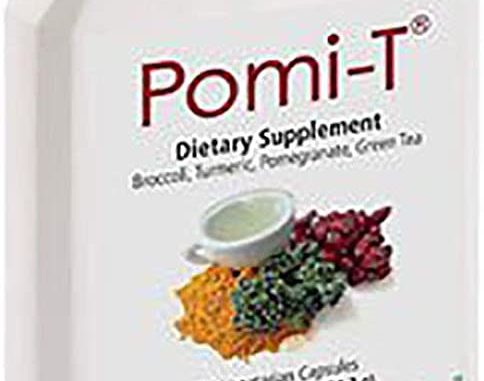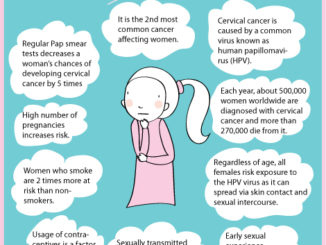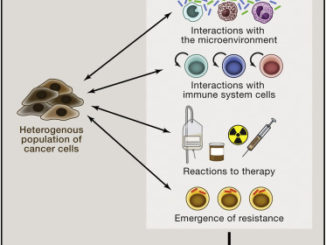
The completely natural ingredients have been purified, concentrated and skillfully blended by a long established UK manufacturer, containing absolutely no colours, preservatives, flavourings, bulking or chelating agents. Diets rich in polyphenols, the natural plant-based phytochemicals found in healthy foods, have been linked with lower risks of chronic illnesses such as dementia, high cholesterol, arthritis, heart disease, skin aging and macular degeneration.
There are hundreds of different polyphenols known to mankind and attempts have been made to separate them into categories although their properties over lap and are present in a wide variety of foods to greater or lesser concentrations. Here are some examples of the more commonly recognized categories:
Carotenoids:
Beta-carotene (carrots, peaches, apricots, spinach and cantaloupe)
Alpha-carotene (carrots and pumpkins)
Cryptoxanthin (oranges, papaya, peaches and tangerines)
Lycopene (tomatoes, chilli, watermelon and pink grapefruit)
Lutein (Spinach Kale, red pepper, Okra
Zeaxanthin (corn, broccoli, spinach, red pepper, peas, kale, celery)
Natural Monopherols:
Apiole (Parsley)
Carnosol (Rosemary)
Dillapiole (Dill)
Organosulfides:
Isothiocyanate and its metabolite sulforaphane (Broccoli)
Diallyl disulfide (Garlic)
Flavonoids:
Isolavone phyooestrogens, e.g. Daidzein, Genistein, Glycitein (Soy, peanuts, legums)
Flavonols e.g. Kaempferol (broccoli and other cruciferous vegetables)
Flavonol polymers e.g. Catechin (cocoa and Chocolate)
Flavan-3-ols (epigallocatechin gallate (EGCG) – green tea)
Stilbenoids e.g resveratol (grapes and red wine)
Phenolic Acids:
Chlorogenic acid (coffee)
Ellagic acid (Pomegranate, raspberries and strawberries)
Benzoic acids (hydroxybenzoic acid, gallic acid)
Cinnamic acid (apples, wheat, articoke)
Salicylic acid (bark of Willow trees most fruit and veg)
Nonflavonoid phenolics
Curcumin – a root herb
Capsaisin – chilli
Piperine – pepper
It is clear from this list that foods with the highest polyphenol content include, herbs, spices, teas, fruit, vegetables berries, prunes, flaxseed, linseeds, nuts, dark greens, cruciferous, brightly coloured vegetables, berries, fruits and grains and nuts. The combination of pomegranate, green tea, turmeric and broccoli could help beat several cancer killers. Professor Robert Thomas, a consultant at Addenbrooke’s Hospital in Cambridge and at Bedford Hospital, said: “These four ingredients have the most likely chance of an anti-cancer effect. There is no doubt that the findings were highly statistically significant.”
Available now, was designed by Prof Thomas with the National Cancer Research Institute. He said: “There are 800,000 men in the UK with prostate cancer. We hope this will help millions.”
Antioxidants terminate these chain reactions by removing free radical intermediates, and inhibit other oxidation reactions. They do this by being oxidized themselves, so antioxidants are often reducing agents such as thiols, ascorbic acid, or polyphenols.
The most commonly cited anti-cancer effect of phytochemicals is via their anti-oxidant properties, protecting the DNA from oxidative damage resulting from ingested or environmental carcinogens [Porrini, Parada, McLarty, Sonn]. They work by either moping up free radicals directly or supplying nutrients or the main anti-oxidant enzymes; superoxide dismutase, glutathione or catalase. A league table used to be produced by the FDA which measures foods ability to absorb damaging oxygen species – this is called the Oxygen Radical Absorbance Capacity ORAC but this has now been removed because it has now been recognised that the antioxidant properties is only one part of the story.
What is evidence that polyphenol rich diets are beneficial to health?
With Pomi-T diets rich in polyphenols, the natural plant-based phytochemicals found in healthy foods, have been linked with lower risks of chronic illnesses such as dementia, high cholesterol, arthritis, heart disease, skin aging and macular degeneration [Denny, Elments, Karppi, Rezai-Zadeh, Porrini]. Well-conducted population studies have also linked their regular intake with lower risks of many cancers including breast [Hu], pancreatic [Banim], oesophageal [Sun], ovarian [Wu, Tung], prostate [Giovannucci, Chaoyang, Joseph], and skin cancer [Heinen].
The anti-cancer effects of polyphenols, however, do not stop after a diagnosis of cancer. Breast cancer survivors eating polyphenol-rich fruit, vegetables, soy and green tea were found to have lower relapse rates [Pierce, Buck, Boyapati, Ogunleye]. Individuals with skin cancer, who had a high intake of leafy green vegetables and broccoli, had lower rates of new cancer formation [Heinen]. A healthy lifestyle including a polyphenol rich diet has been linked to a slower rate of PSA progression among men with indolent prostate cancer
Proudly WWW.PONIREVO.COM
by Nick Gagne



